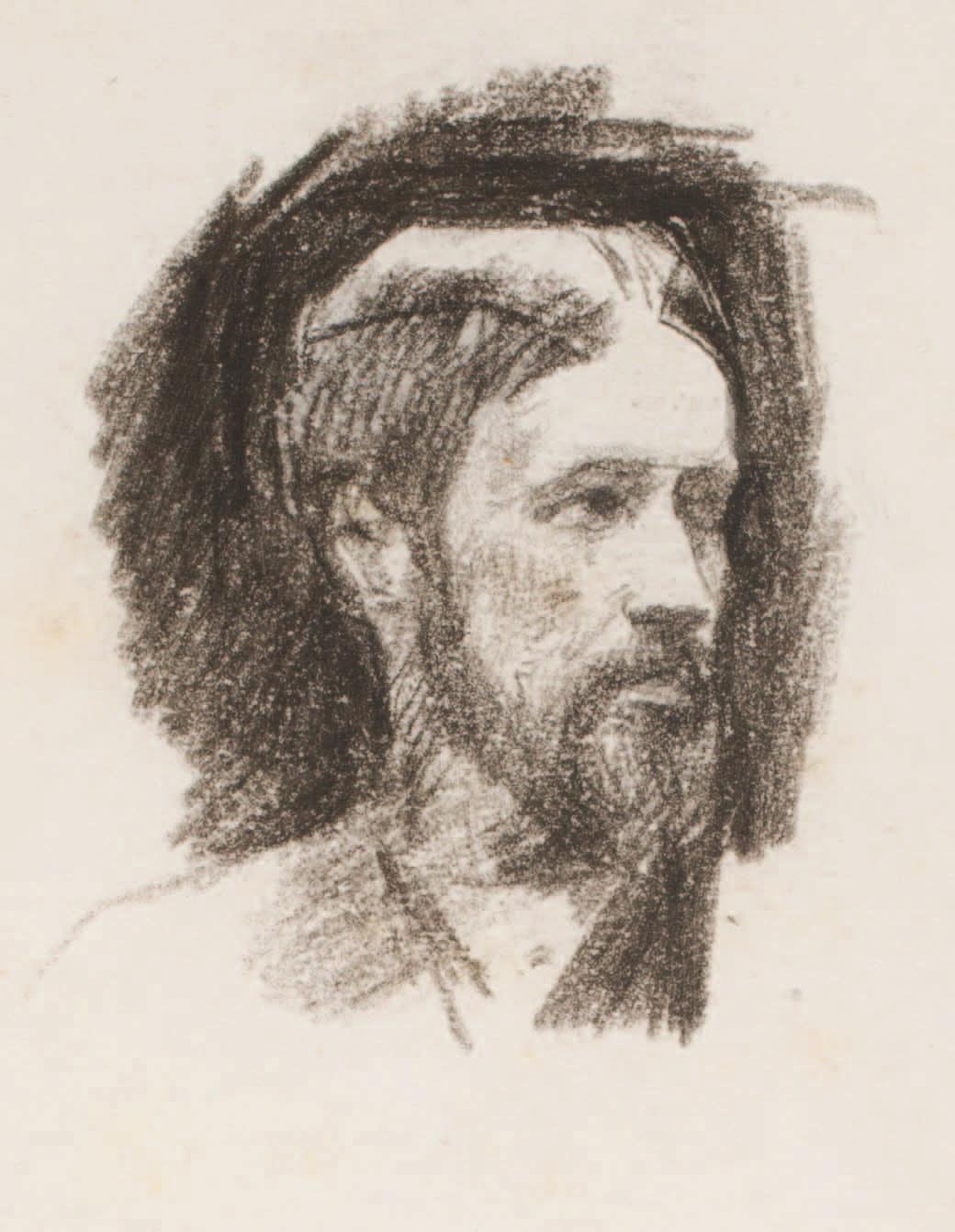
3 minute read
The Floating World: Japanese Prints from the Bancroft Collection
November 26, 2022 – February 26, 2023
In 1901, just three years after the Worcester Art Museum opened, it received an unprecedented bequest: 3,700 Japanese woodblock prints from John Chandler Bancroft (1835–1901). This trove, amassed by the Boston businessman over several decades, was the earliest American collection of its kind and is still considered one of the finest in the nation. With his keen eye and pioneering collecting practices, Bancroft not only elevated the Museum’s art holdings substantially, but also paved the way for other Japanese print collectors in the United States. This fall, for the first time, the Museum will present an exhibition that celebrates his extraordinary legacy. Most of the prints in the John Chandler Bancroft Collection at WAM are ukiyo-e, which translates literally to “pictures of the floating world” and often reflect the indulgent or artistic activities in Japan's urban centers. Drawing upon classical art and literature, as well as evolving trends in popular design at the time, ukiyo-e emerged during the Edo period (1603–1868) and encompassed a variety of subjects. These ranged from the traditional, including lush, picturesque landscapes and Buddhist iconography, to the modern and cosmopolitan, including elegantly attired courtesans or kabuki actors and scenes of daily life. The Floating World: Japanese Prints from the Bancroft Collection, opening on November 26, will show nearly 50 of these woodblock prints—among the most prized that Bancroft purchased and most of which have never before been on display. John Chandler Bancroft’s passion for art as both an artist and collector began after he moved to Europe in the mid-19th century after withdrawing from Harvard Law School. He spent six years in Dresden, Dusseldorf, and Paris, studying drawing and landscape painting, and eventually returned to the United States with the outbreak of the Civil War. Settling near Newport, Rhode Island, Bancroft then frequented the studio of painter William Morris Hunt (1824–1879) and became acquainted with young artist John La Farge (1835–1910). Bancroft and La Farge quickly forged a friendship that would last a lifetime, fueled by their shared interest in art criticism and appreciation, as well as their fascination with what was at the time

Utagawa Kunisada, Women Divers for Shells of the Awabi at Ise, intercalary 5th month, June 1865, woodblock print, John Chandler Bancroft Collection, 1901.141 John La Farge, John Chandler Bancroft, detail, about 1863, charcoal on medium, white wove paper, Museum acquisition, 1950.276

modern color theory (based on new discoveries in the fields of optics and optometry). They also developed their respective art practices together, often spending time painting landscapes en plein air and discussing the contemporary art movements, such as modernism and impressionism. Both began to purchase and collect Japanese ukiyo-e prints beginning in the early 1860s, several decades before the wave of “Japanomania” consumed the country. This was also over twenty years before most other eminent American collectors, such as William Sturgis Bigelow (who donated his collection to the Museum of Fine Arts, Boston), began assembling Japanese print collections of comparable size and scope. Although there was very little English scholarship on Japanese art during his time, Bancroft was still able to assemble a collection that impressively reflected the diversity of ukiyo-e prints, which vary in size, date, material, function, content, and style. His collection was also notable for the quality and well-preserved condition of the prints, possibly due to the fact that he acquired them directly from Japan or a dealer, not long after they entered the market. Even while Bancroft was alive, his contributions to American arts, collecting, and Japanese print scholarship did not receive the recognition they deserved. John La Farge referenced this when writing the obituary for his dear friend. “Of him I have seen no sufficient notice taken … Mr. Bancroft's career… is a type of the many intellectual efforts which influence and help and determine the general movement, while the individuals whose minds have acted in this way are little known by name to the general public which still feels their intentions and their studies.” Now, 121 years after John Chandler Bancroft’s landmark bequest to the Worcester Art Museum, the special exhibition, The Floating World, will spotlight his remarkable collection—as a Worcester treasure and as an international resource for research, education, and inspiration.
Research for this exhibition was made possible through the generous support of Philip and Ellen Phillips.
—Rachel Parikh, Ph.D., former Associate Curator of the Arts of Asia and the Islamic World, and Fiona Collins, Curatorial Assistant of Asian Art










